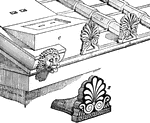Antefix
The Antefix ClipArt gallery contains 7 examples of the decorative blocks at the end of the covering tiles on a roof.
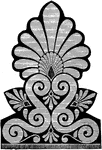
Ante-fixae
Ante-fixae (from Latin antefigere, to fasten before), the vertical blocks which terminate the covering…
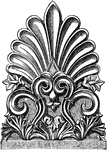
Ante-fixae
Ante-fixae, the vertical blocks which terminate the covering tiles of the roof of a Roman, Etruscan,…
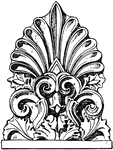
Greek Antefix
This Greek antefix is found in the propylaea which is the entrance to the Acropolis of Athens. This…
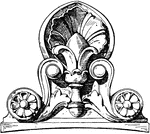
Modern French Antefix
The modern French antefix is found in the theater of Celestines in Lyons, France by Architect Renaud.…
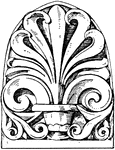
Roman Antefix
The Roman antefix is is found in the temple of Jupiter Stator in Rome, Italy. This design is found on…

Façade Tile from the Temple of Diana at Ephesus
On the apex and two lower angles of the pediment were introduced acroteria, sometimes ornaments of flowers…
